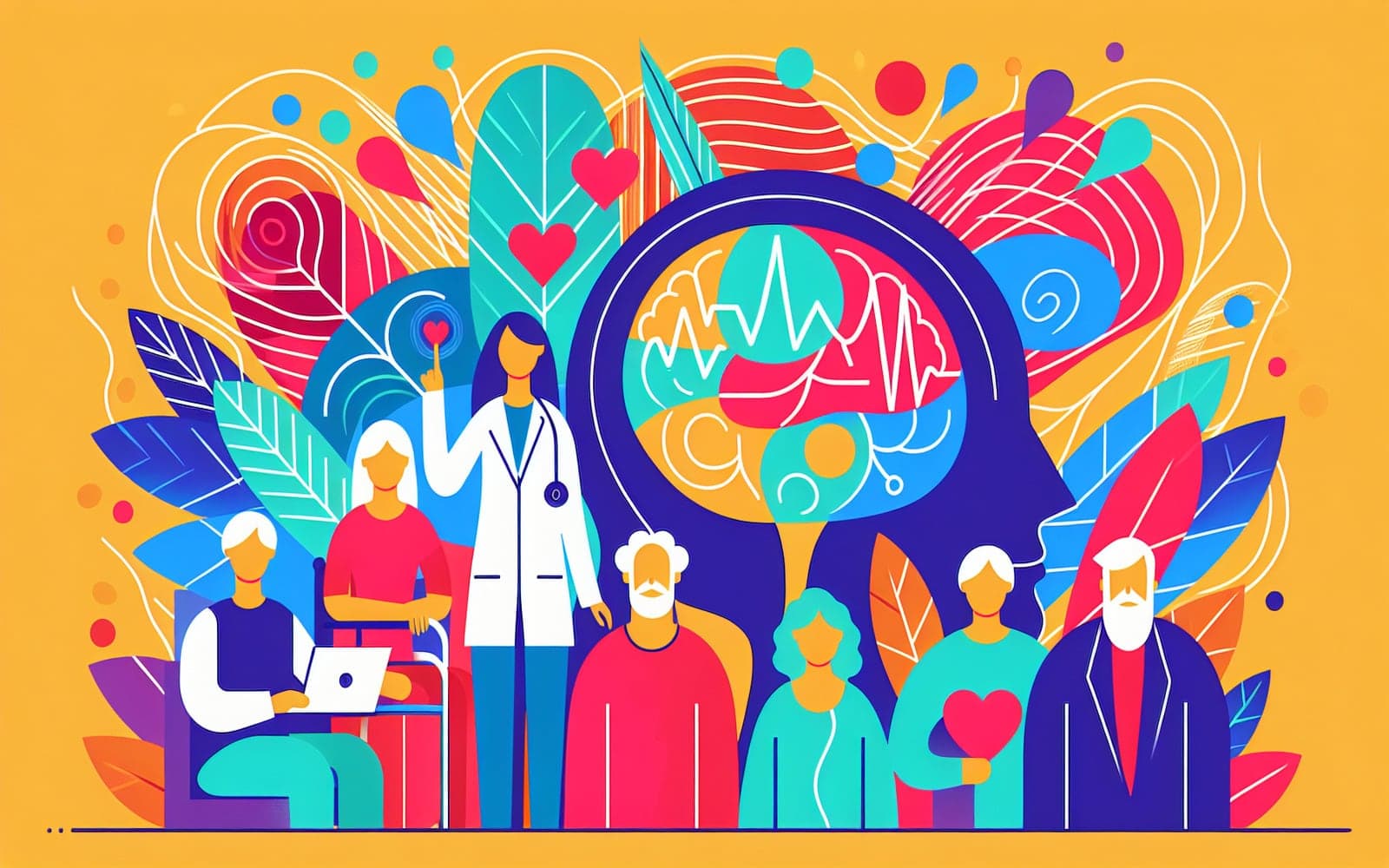What Are the Different Types of Stroke?
Published: Dec 16, 2023
Strokes come in different forms, each with unique causes and effects. Understanding these types can help you recognize the signs and get prompt treatment.
Contents
Ischemic Stroke: When Blood Flow is Blocked
Ischemic strokes occur when blood flow to part of the brain is cut off, usually by a clot. Think of it like a traffic jam in your brain's blood vessels. This type makes up about 87% of all strokes. There are two main kinds of ischemic stroke: thrombotic (where a clot forms in the brain) and embolic (where a clot travels from elsewhere in the body to the brain).
Hemorrhagic Stroke: When Blood Vessels Burst
Hemorrhagic strokes happen when a blood vessel in the brain ruptures, causing bleeding. It's like a pipe bursting in your brain. There are two types: intracerebral hemorrhage (bleeding directly into brain tissue) and subarachnoid hemorrhage (bleeding around the brain). While less common than ischemic strokes, hemorrhagic strokes are often more severe.

TIA: The 'Mini-Stroke'
A transient ischemic attack (TIA) is sometimes called a 'mini-stroke'. It's caused by a temporary blockage of blood flow to the brain. Symptoms typically last less than an hour. While TIAs don't cause permanent damage, they're a serious warning sign of future stroke risk.
Frequently Asked Questions
Stroke is the 5th leading cause of death in the US.
Yes, strokes can occur at any age.
Many stroke risk factors are controllable.
Key Takeaways
Recognizing the different types of stroke is crucial for quick action and better outcomes.
Concerned about your stroke risk? Talk to Doctronic about personalized prevention strategies.
